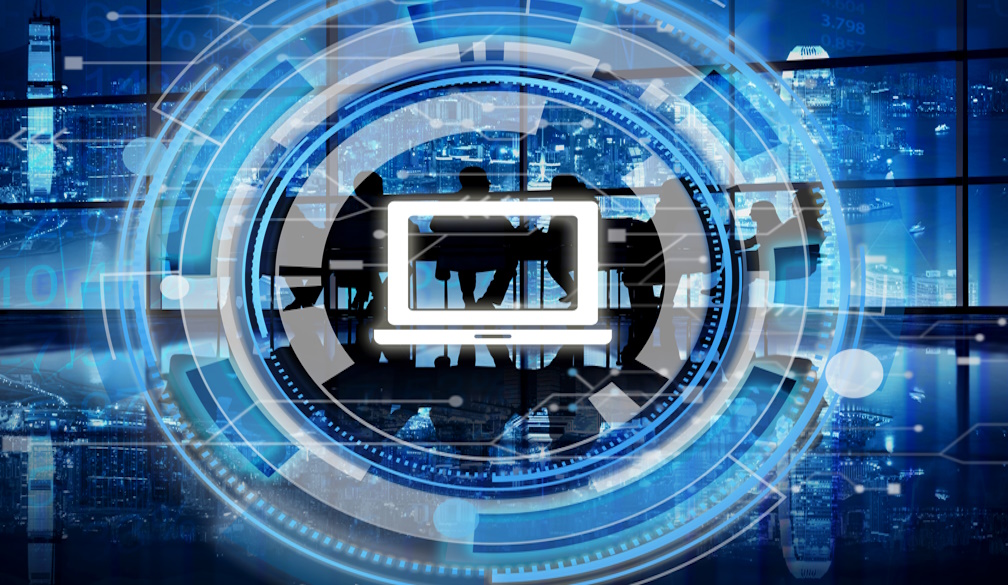Understanding the Role of an I/O Controller in Modern Computing

An I/O controller (Input/Output controller) is a hardware component or chip responsible for managing communication between the CPU and peripheral devices. These peripherals can include keyboards, mice, printers, storage drives, network adapters, and more. Essentially, it acts as a bridge, enabling data to flow efficiently between the central processing unit and the external or internal hardware connected to the system.
Without the I/O controller, the CPU would be overwhelmed with requests from numerous devices. This controller streamlines communication by organizing and prioritizing tasks, allowing the system to function smoothly and efficiently.
How an I/O Controller Works
An I/O controller operates by managing data exchanges and sending signals between the processor and input/output devices. It monitors device status, translates signals, and provides the correct data path to prevent conflicts or errors during transmission. Each type of device may have a dedicated I/O controller, such as disk controllers, display controllers, or network interface controllers, though some modern motherboards include integrated controllers for multiple functions.
For example, when you type on a keyboard, the I/O controller for that device captures the signal, converts it into a form the CPU can understand, and forwards it appropriately. Similarly, when you're saving a file to a hard drive, the controller ensures the data is transmitted correctly and stored in the right location.
Types of I/O Controllers
I/O controllers can be classified based on the type of devices they manage. Some common types include:
Disk Controllers: These manage communication between the CPU and storage devices such as HDDs, SSDs, or optical drives.
Network Controllers: Also known as network interface cards (NICs), they handle data transmission between the computer and a network.
Display Controllers: These manage data sent to visual output devices such as monitors.
Peripheral Controllers: These handle input from devices like keyboards, mice, and game controllers.
In high-performance environments, particularly in enterprise or data center setups, specialized I/O controllers are used to ensure rapid and uninterrupted data exchange, often featuring built-in cache memory and enhanced error correction mechanisms.
Why I/O Controllers Are Crucial
Modern computers interact with a wide variety of devices simultaneously. This means multiple data streams are being processed at once. The I/O controller plays a critical role in managing these operations. It reduces CPU load by offloading the responsibility of controlling the data flow, leading to better overall performance.
Additionally, having dedicated I/O controllers improves system stability. They ensure each device gets the attention it needs without interfering with other components. This helps avoid issues like input lag, data corruption, or communication errors, which can be especially critical in mission-critical applications or high-demand systems.
Advancements in I/O Controller Technology
Over the years, I/O controller technology has advanced significantly. Older systems often required manual configuration or used separate expansion cards for every device. Modern systems, however, come with integrated controllers that are far more efficient and versatile.
Today’s I/O controllers support faster data transfer rates, more complex device interactions, and better integration with system architecture. Features like Direct Memory Access (DMA) have become standard, allowing data to be transferred directly between devices and memory without constant CPU intervention. This significantly enhances performance in data-intensive applications.
In addition, many contemporary I/O controllers are designed to support hot-swapping, plug-and-play functionality, and power-saving features, improving user experience and energy efficiency.
The Future of I/O Controllers in Smart Technology
As computing evolves, so does the role of the I/O controller. With the rise of smart devices, edge computing, and the Internet of Things (IoT), these controllers are becoming more intelligent and capable. They’re being designed to handle a growing number of data streams and manage complex device ecosystems.
In autonomous vehicles, for example, a sophisticated network of I/O controllers works behind the scenes to manage inputs from sensors, cameras, radar systems, and onboard computers—all in real-time. In industrial settings, controllers help manage robotic arms, monitoring equipment, and communication with cloud-based systems for predictive maintenance and analytics.
This shift toward smarter and more adaptive I/O controller technology means that they are no longer just passive hardware components. They are becoming active decision-makers in the broader computing environment.
Choosing the Right I/O Controller for Your System
When building or upgrading a computer system, it’s essential to consider the type and capability of the I/O controller. Factors such as data transfer speed, compatibility with devices, expandability, and support for modern protocols (like USB 3.2, SATA III, or PCIe) should guide your decision.
Whether you’re building a gaming PC, a media workstation, or a server environment, having a reliable I/O controller ensures smooth communication between all parts of your system. If you're unsure, consulting with a hardware specialist or IT technician can help determine the right controller configuration for your needs.
Conclusion: The Silent Hero Behind Every Device
Although often overlooked, the I/O controller is one of the most important components in any computing device. From managing keyboard input to controlling complex storage arrays, it ensures your system runs efficiently and without error. As technology continues to evolve, so will the capabilities of these controllers—making them more critical than ever in the digital age.
Whether you're a casual user or a tech enthusiast, understanding the role of an I/O controller will give you a deeper appreciation for the complexity and brilliance of modern computing syste

